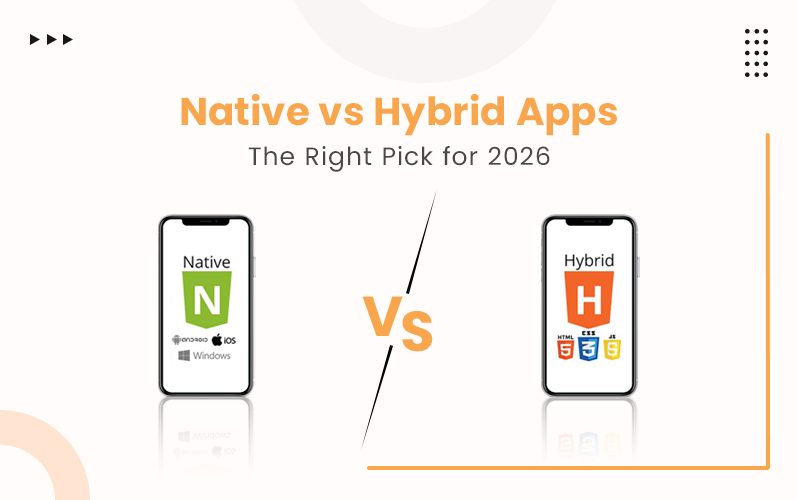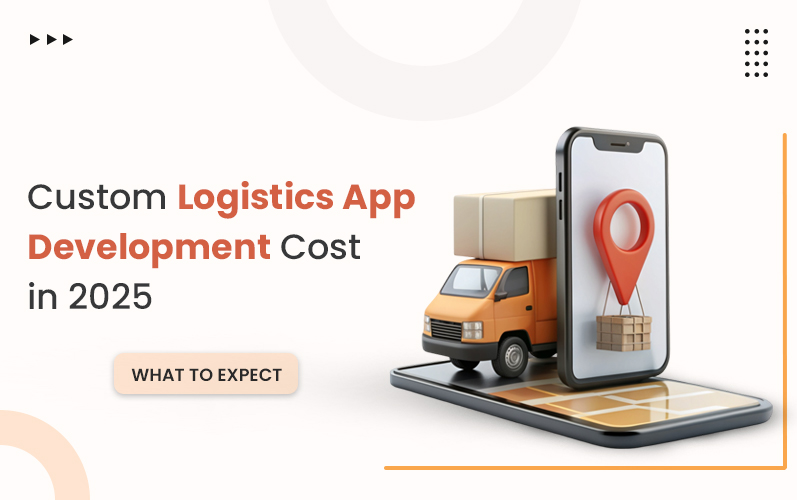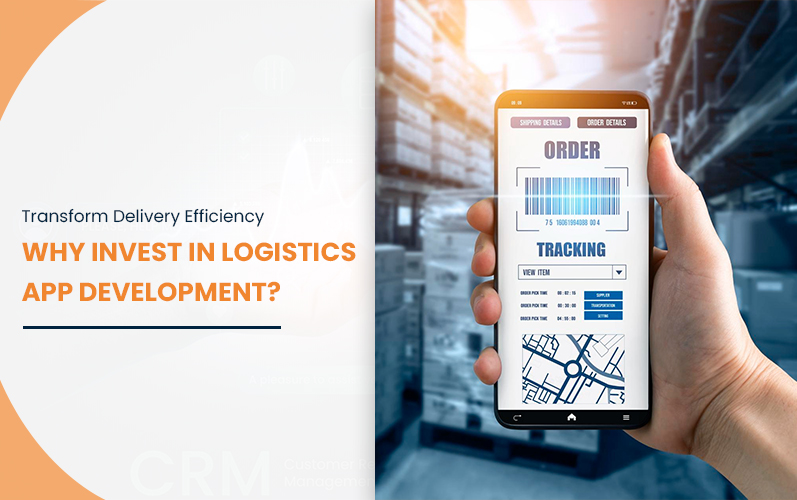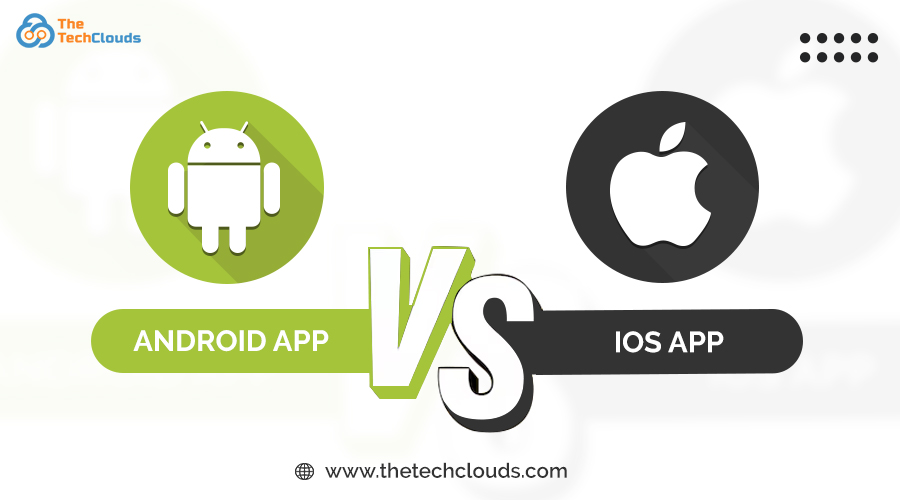In 2026, the mobile app usage will boom even more! People now spend 89% of their smartphone time using apps. These smartphone users spend hours every day inside apps that entertain, educate, and connect them to businesses faster than ever before. If your business isn’t delivering a seamless app experience, you’re missing out on where your customers are.
But here’s the catch.
Building a scalable mobile app development strategy that drives user growth starts with one core decision — should you go native or hybrid? As we know, these two have become emerging technologies in mobile apps.
Native apps have long been the gold standard for performance and user experience. Hybrid apps, on the other hand, promise something equally compelling: speed to market and cost efficiency.
It’s about aligning your app strategy with your business vision, in areas like scalability, budget, and the kind of experience you want your users to remember.
As your right mobile app development company, this blog will guide you to make the best choice.
Key Takeaway
- Native apps deliver the best performance, user experience, and scalability — ideal for businesses that prioritize quality, speed, and reliability.
- Hybrid apps offer faster development, lower costs, and cross-platform reach — making them ideal for startups or companies looking to test new ideas quickly.
- The cost and ROI depend on business goals: native for long-term user retention and brand loyalty, hybrid for speed-to-market and efficiency.
- The right choice depends on your vision — align your app strategy with your audience, budget, and growth goals to build for the future confidently.
Native and Hybrid Mobile App: Understand the Basics
What Is a Native App?
Native apps are built specifically for a single platform, typically iOS or Android. Developers build a native app using programming languages tailored for that system.
- Swift or Objective-C for iOS
- Kotlin or Java for Android
Because they’re developed within each platform’s ecosystem, native apps:
- Deliver superior speed and performance with direct access to device hardware.
- Offer seamless user experiences aligned with each platform’s design language.
- Enable smooth navigation, offline functionality, and integration with GPS, camera, and push notifications.
What Is a Hybrid App?
Hybrid mobile app development combines web technologies and native app features. They’re built using web technologies like HTML, CSS, and JavaScript, then wrapped inside a native container through frameworks such as:
- React Native
- Flutter
- Ionic
This means developers can write code once and deploy it across multiple platforms, making it:
- Faster to build and launch
- More affordable since one app runs on both iOS and Android
- Highly versatile for startups testing market fit
- Suitable for building progressive web app-based ecommerce platforms
Native and Hybrid Mobile App Development Difference: In-depth Analysis
Performance
Native Apps: Built in platform-specific languages (Swift, Kotlin). They interact directly with hardware, offering faster load times and smoother animations — ideal for gaming, fintech, and real-time apps.
Hybrid Apps: Rely on a web view, which may slightly affect responsiveness. Frameworks like Flutter and React Native have narrowed this gap, though native still wins on raw performance.
Cross-Platform Ability
Native Apps: Platform-specific; each update must be managed separately, increasing time and cost.
Hybrid Apps: Built with a single codebase for iOS and Android, helping brands reach wider audiences faster and more affordably.
User Experience
Native Apps: Fully align with iOS and Android design systems, offering an intuitive, natural user experience.
Hybrid Apps: Use a shared UI layer across platforms; though slightly less "native," modern frameworks now deliver near-native UX.
Development Environment
Native Apps: Developed in Xcode (iOS) or Android Studio (Android), providing advanced debugging and access to SDKs.
Hybrid Apps: Developed in frameworks like Flutter, React Native, or Ionic, allowing faster collaboration and deployment.
Security and Updates
Native Apps: Offer robust platform-level security and optimized updates through app stores.
Hybrid Apps: Depend on framework quality and plugins. Extra layers like encrypted APIs or 2FA are recommended for parity with native apps.
Scalability
Native Apps: Require separate scaling for iOS and Android, increasing development effort.
Hybrid Apps: With one codebase, scaling is faster, easier, and cost-effective.
Development Time
Native Apps: Separate builds for iOS and Android require more time — ideal for quality-focused projects.
Hybrid Apps: Shared codebase cuts development time by up to 40%, perfect for MVPs or rapid testing.
Conversion Rates and Customer Engagement
Native Apps: Deliver higher engagement and conversion rates due to better speed, UX, and push notifications.
Hybrid Apps: Support advanced engagement features at lower costs — ideal for wide reach on tight budgets.
Hybrid and Native App Development Cost and ROI Comparisons
| Cost & ROI Factor | Native App Development | Hybrid App Development |
|---|---|---|
| Initial Development Cost Range | High: $50,000 – $250,000+ per platform Separate teams for iOS and Android increase costs. | Low to Medium: $20,000 – $120,000+ total Single codebase reduces costs by 30–40%. |
| Long-Term Maintenance & Updates | High: Updates and fixes are done twice — once for each platform. | Low: One update deploys across both platforms, cutting maintenance costs. |
| Scaling Costs (Adding Features) | High: Features must be developed separately for each platform. | Low: Features are built once and work across platforms. |
| How to Measure ROI | Native = Long-Term Value & Retention
| Hybrid = Speed & Efficiency
|
Choosing What’s Best for Your Business
Both native and hybrid app development bring unique strengths. The right choice depends on your business stage, goals, and growth vision.
When to Choose Native?
- You prioritize performance and seamless UX.
- You have long-term scalability goals.
- You require complex features or offline functionality.
When to Choose Hybrid?
- You need faster time-to-market.
- You’re testing product-market fit.
- You want cross-platform presence.
- You have limited resources or budget constraints.
Final Thoughts: Making the Right Choice for 2026
In the fast-evolving digital landscape of 2026, your mobile app development strategy. The path you choose today determines how your brand connects, scales, and stays relevant in a market where user expectations evolve faster than technology itself.
Native apps remain the gold standard for businesses that demand top-tier performance, seamless UX, and long-term scalability. They deliver precision and power, the kind that high-performance brands and enterprise-level products rely on.
Hybrid apps, on the other hand, redefine accessibility. They offer speed, affordability, and flexibility, making them the go-to solution for companies aiming to move fast, test new ideas, or expand reach without overextending budgets.
Choose the approach that not only fits your timeline and resources but also propels your brand into the future with confidence and clarity. Ready to build the right app for 2026? Partner with us! Our mobile app development expert team ensures your project is built with scalability, performance, and ROI in mind. Get a free consultation now!









